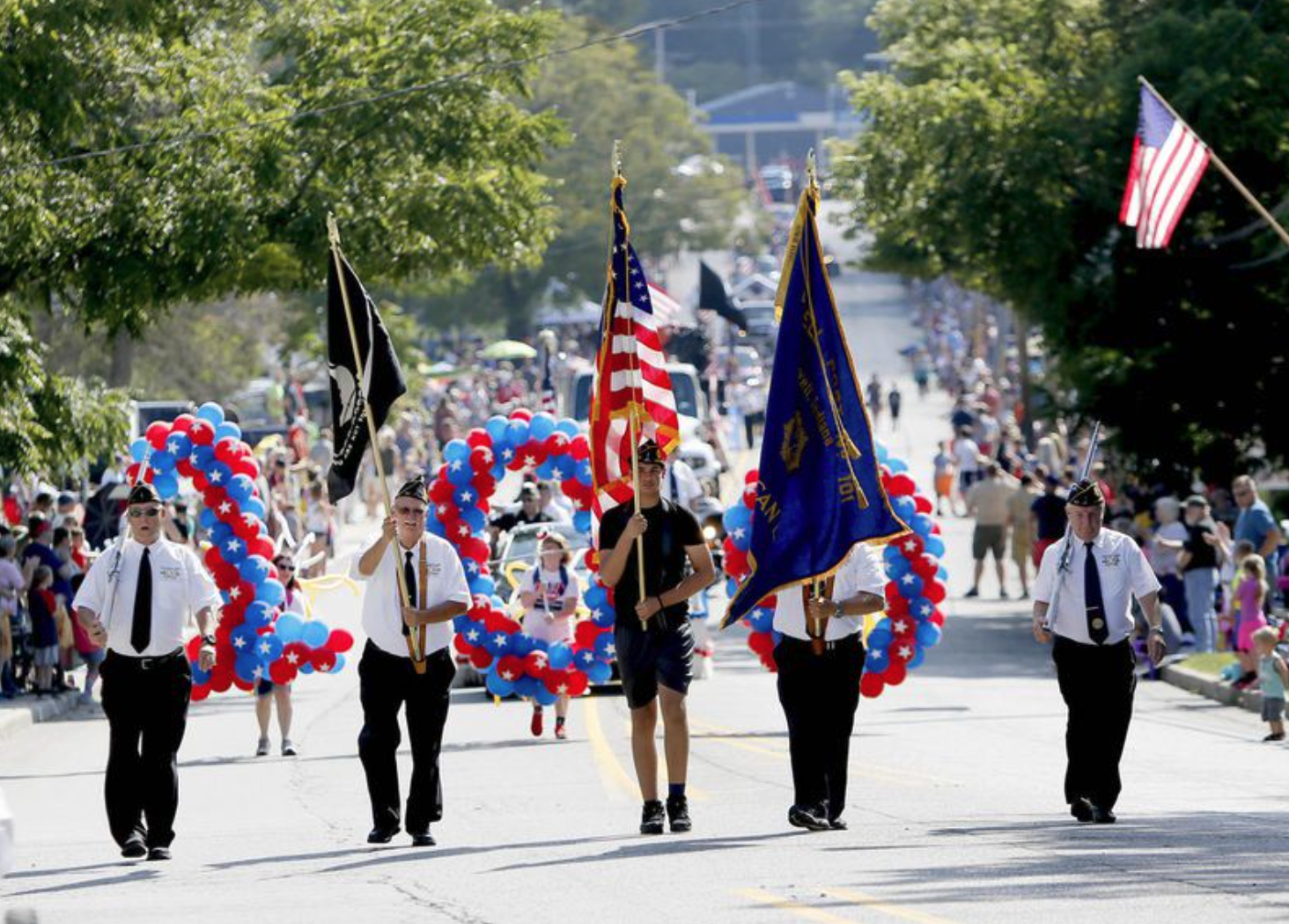The History of Labor Day - Celebrating The People Who Make the Country Run
The first Labor Day was celebrated with a parade in Union Square in New York on September 5, 1882.
Most of us think of Labor Day as a holiday off from work, a reason to barbeque, and the last official weekend of the summer. However, the first Labor Day was not approved by government agencies or employers so union organizers encouraged workers to participate in a one-day strike. They were asked to march in a parade and then eat and drink in a huge picnic afterward.
Peter J. McGuire
Is known as the Father of Labor Day. He organized workers to strike on the first Labor Day and hold a picnic in the park in recognition of their hard work.
In the United States, Peter J. McGuire gets credit for spearheading a day off honoring American laborers. He found the United Brotherhood of Carpenters and, and in 1881, suggested to the Central Labor Union of New York that there be a celebration for these men and women who help make the country run. They chose September 5, a random day McQuire said was halfway between the Fourth of July and Thanksgiving. The Knights of Labor organized a parade in New York City where nearly 10,000 workers showed up.
The Pullman Strike
Prompted President Grover Cleveland to make the holiday official due to unrest among union workers.
It took a few more years for the idea to take hold. In 1884, a resolution was adopted by the Knights of Labor asking that the first Monday in September be considered Labor Day. The idea caught on, and the following year Labor Day celebrations were popping up all over the country. Oregon was the first state, in 1887, to legally declare Labor Day a National Holiday, but it was still up to individual states to make it happen or not. Soon President Grover Cleveland was persuaded to make it a U.S. National Holiday after the Pullman strike in Illinois and other incidents of unrest where tension among union workers was high. In June of 1894, it was signed into law, and now many of us enjoy a day off and hopefully a picnic or bar-b-que to honor laborers everywhere.
The American Legion Post 101 celebrates its 100th year of honoring workers with a parade on Labor Day in Lowell, Indiana on September 2, 2019.




